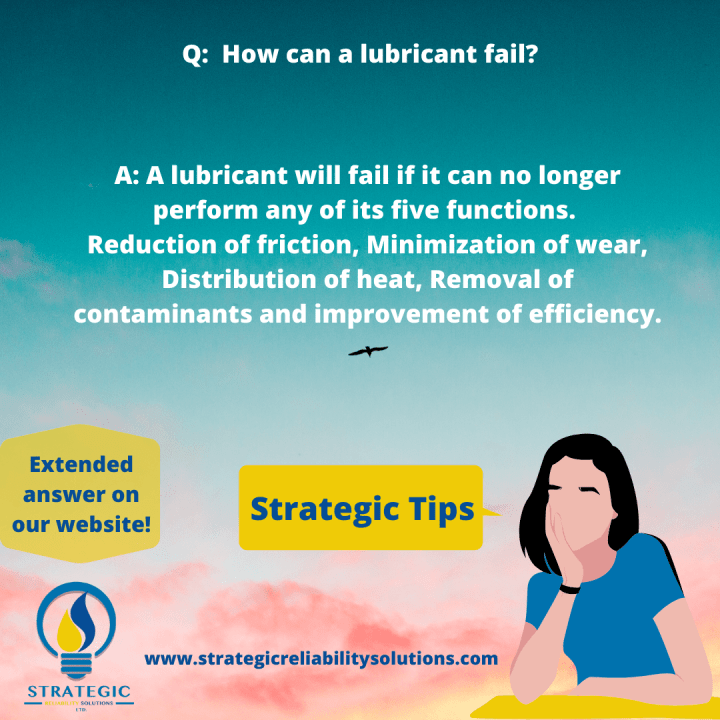
What type of oil should I use in my car?
Always follow what the OEM recommends! A quick google search can help you find the required lubricant if you don’t have the owner’s manual.
Most modern vehicles use lighter weight oils compared to older vehicles. Let’s think about cars back in 1950. They were larger, with big engines. With a big engine, it would mean that the lines carrying the oil would be larger. Thus, a heavier oil (50 weight) would be the most appropriate.
Now, fast forward to cars today. The engines are smaller, (albeit with a lot more horsepower as well!). If the size of the engine has changed, then the size of the lines carrying the lubricant will change as well. These lines will get smaller. If the lines are smaller, then the liquid that has to flow through them, should be lighter (thinner).
We can use an analogy of a straw trying to pull up molasses.
With a large straw, we could pull up the molasses faster than with a thinner straw. This is similar to the older cars, they would have thicker “straws” (lines) that would have allowed them to adequately pump the lubricant.
In the newer cars, the straw has gotten thinner, so it can’t pull up the molasses anymore. If we tried to pull up water instead, it would definitely flow faster than the molasses and not have as much strain on the person pulling up the water (pump in the engine). Hence, lighter oils are used in modern cars.
Most recommendations can be found by contacting the OEM or even doing a bit of Google searching with the year of manufacture for the car and of course the model.






















